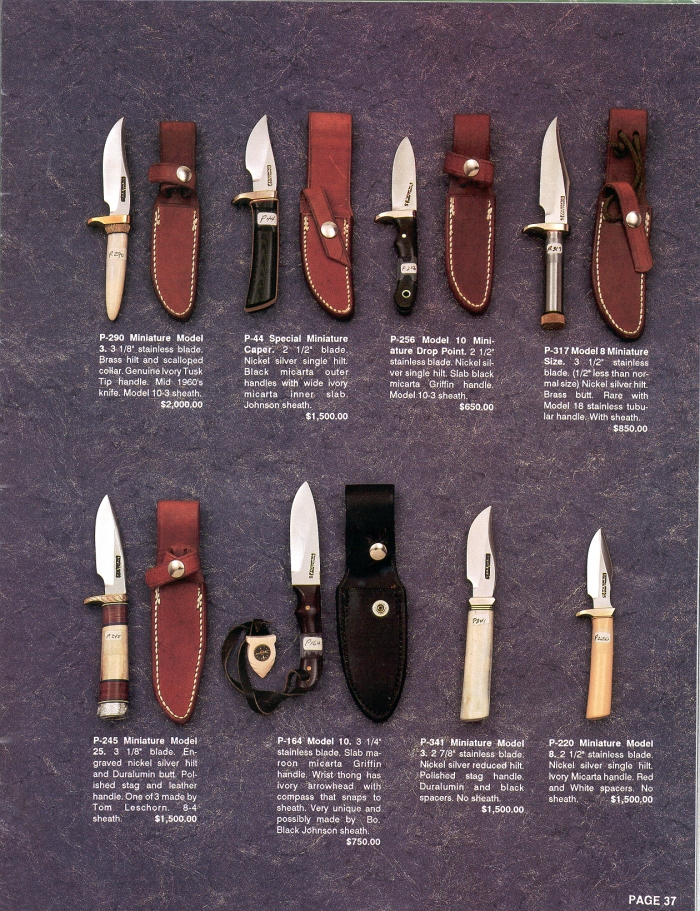Mark Knapp
Knifemaker / Craftsman / Service Provider
- Joined
- Dec 20, 2009
- Messages
- 4,421
They might fail in balance for your chopping needs, but that doesn't mean the balance is wrong on "many" hollow handle knives. Colin Cox hollow handle knives are properly balanced for their intended purpose - to double as a fighting/combat knife, hence their narrow pointy blades, sharpen top edge, large double guards, and skull crusher buttcaps. Just because a knife has a 10" blade, that doesn't mean it was designed for chopping or will be efficient/effective at chopping. Compare the features of a Colin Cox hollow handle knife to Sam Wilson's M.O.A. knife. Just looking at the two, Colin's knife screams "fighting knife" and Sam's knife screams "let's go chop down a tree, baton some kindling, and make a fire".



When I purchased my Running River knife, I knew it wasn't designed for chopping and I didn't want a blade heavy knife. The balance is perfect for general camp use, however the handle is long enough to shift the weight forward if needed for light chopping.

I think you hit the nail smack dab on the head T. You gotta pick the right tool for the job you might be most apt to need it for, and then use it for other things as needed. No one knife will be perfect for every job. If you intend to chop, pick a chopper, if you intend to baton, pick one well suited to batoning. If you intend to fight people with it (I hope I never have to fight with a knife) get one better suited to fighting.








